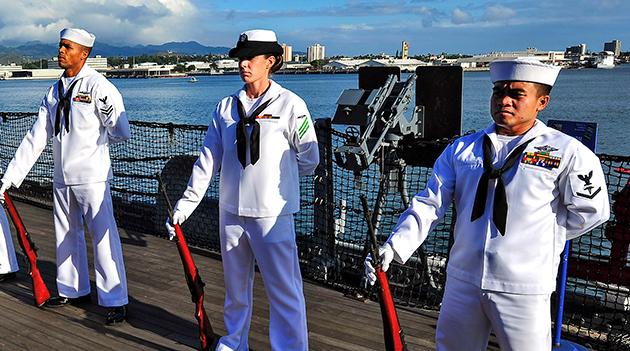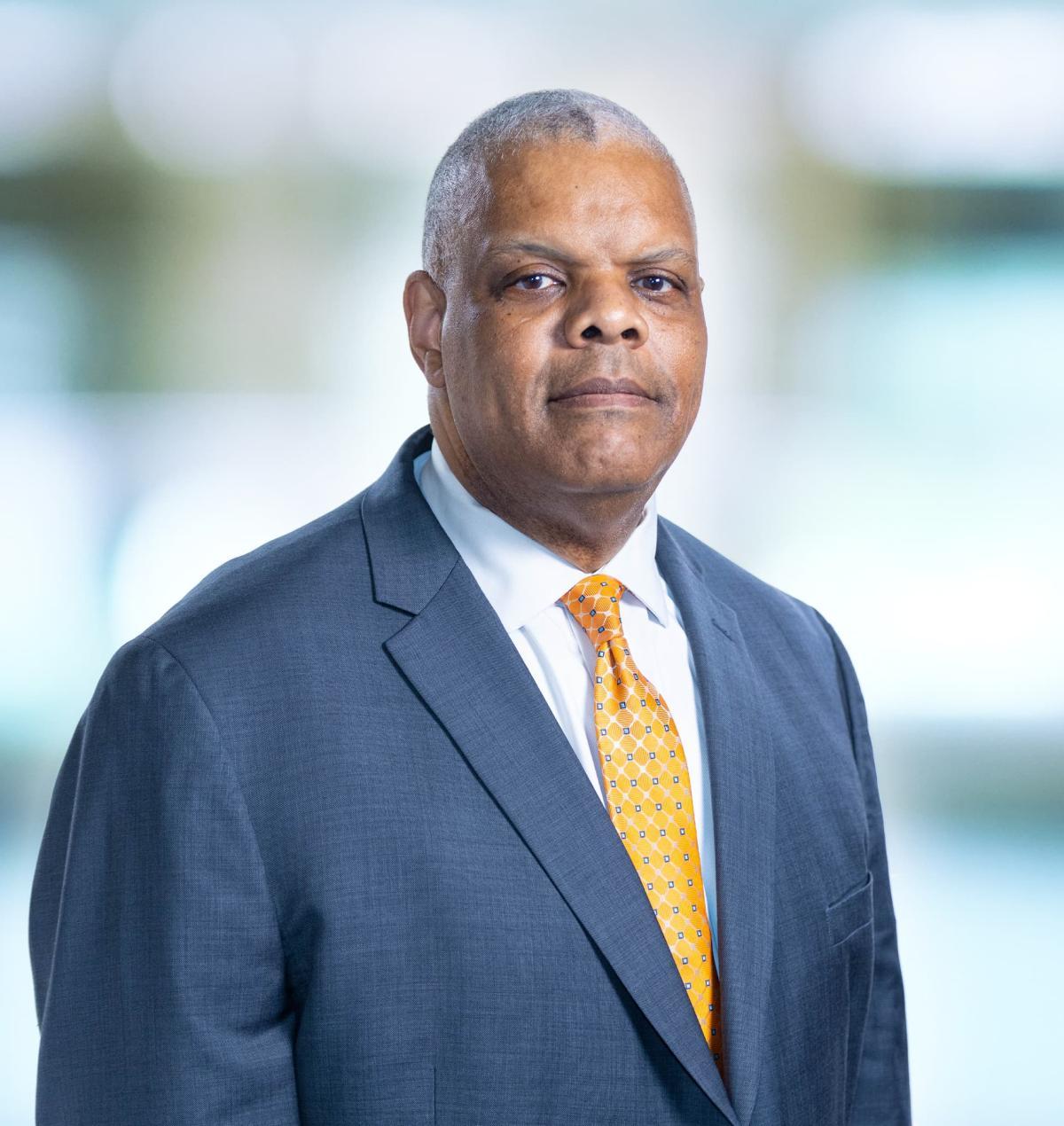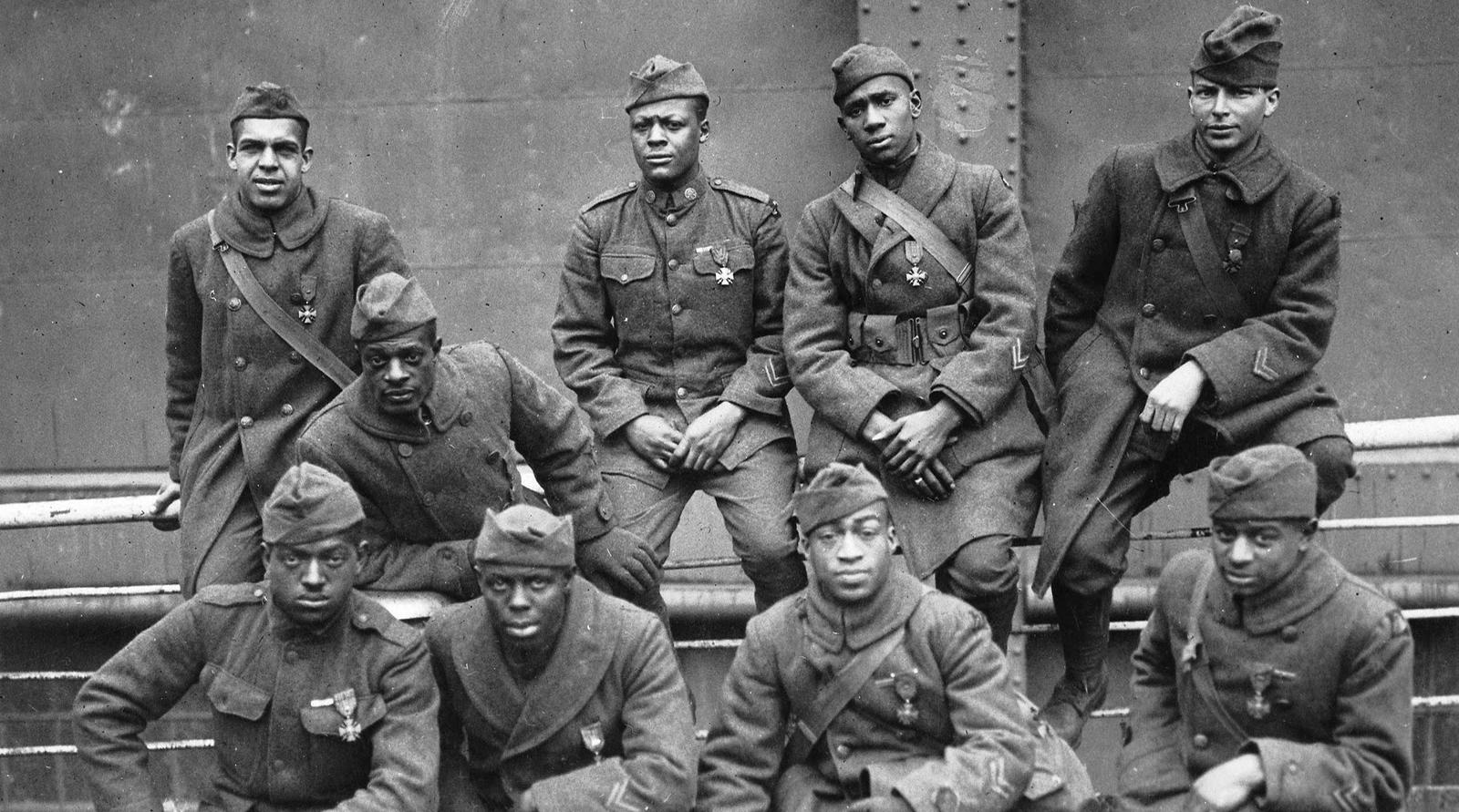
The Benefits of Building a Diverse Workforce
Sinclair Harris Workforce Transformation, Workforce of the Future, Diversity, Equity, Inclusion & AccessibilityThe future of business and government demands a greater emphasis on diversity in order to be competitive. Studies show clearly measurable increases in profit and productivity when organizations embrace diversity:
- Companies reporting the highest levels of racial diversity brought in nearly 15 times more sales revenue on average than those with the lowest levels of racial diversity.1
- Shifting from an all-male or all-female office to one split evenly along gender lines could increase revenue by roughly 41 percent.2
- Studies show a 30-percent increase in productivity from LGBTQ employees when they work in a welcoming workplace.3

Given this data, it is amazing that many government and private industry organizations don’t develop a diverse workforce, especially in leadership. Many don’t appear to grasp that they even have a problem. And, if they do, they don’t seem to know how to go about addressing it. So, how is your workplace hiring and empowering a diverse workforce? What systems are in place to measure improvement in this area?
Diversity Is a Cornerstone of the U.S. Military’s Success
The United States military is an example of an organization that has focused on building diversity. In 2009, the Department of Defense undertook a comprehensive evaluation of policies and practices that shape diversity among military leaders through the Military Leadership Diversity Commission. Chairman Lester Lyles made the strong statement that “the diversity of our service members is the unique strength of our military.”4
It is important to note that he said diversity is the unique strength of the military, instead of a unique strength.
According to the current Department of Defense Diversity and Inclusion Strategic Plan, diversity is “critical to mission readiness and accomplishment.”5
These are strong statements built on almost 70 years of cultural change. The U.S. Armed Forces became a deliberately inclusive organization in 1948 with Executive Order 9981. In the decades since the president’s executive order, the military has made incredible progress in becoming a more inclusive organization. Different ethnicities, genders, and orientations have learned to serve with dignity and pride together as an effective fighting force. This progress was not uniform and still is slow in the higher levels of leadership.
My Early Lessons in Diversity in the Navy
In 1996, I was the commissioning executive officer for the USS Benfold (DDG-65). Fourteen years into my naval career, this was my fifth ship, but my first with women in the wardroom and the crew. It is challenging for anyone when they first serve at sea because that is a very unique environment. We had wide-ranging guidance that was hard to sort out and even more difficult to implement.
We built a crew that was one-third female by the time we were done. At first, it was challenging to find women with the expertise in specific areas. Women were being introduced to new naval disciplines at a rapid pace. So how did we do with a mixed-gender crew? Not bad at all. For example, the USS Benfold won the Battle Efficiency (or Battle E) Award the first time it competed, as well as many other awards for ships of its class. The Battle E award requires day-to-day excellence as well as high performance during training exercises and inspections. To this day, the USS Benfold continues to be one of the top destroyers.
In my humble opinion, this proved that the ship was at least as good, if not better, because of the introduction of the female crew members on board. The operational tempo has not slowed down since the introduction of women to all ships in the Navy. At the same time, the fleet has introduced more complex weapon and engineering systems and successfully operated in a more complex environment. Much of the leadership team of the USS Benfold has gone on to very successful careers—people from many diverse backgrounds. It took hard work opening the minds of many to the benefits of change. I remember one day during a combat drill, we were all listening to a loudspeaker so everyone could monitor the progress of the drill. One of the watchstanders was a woman and she had a number of questions. I could feel the frustration increasing as the drill continued among the watchstanders. Many were not used to people asking questions during a drill. Following the drill, I had a short but purposeful discussion with several on the crew regarding how people communicate differently. This may come off as me being a reverse chauvinist, but I find that many times “men just want to get things done, while women tend to want to get things done right.” This experience reinforced to me the importance of being open to different ways of communicating and collaborating.
Tackling Diversity Milestones
As part of the Military Leadership Diversity Commission, services within the Department of Defense defined diversity in ways that fit each services’ culture.6 The nuances reflect the values of those services. Creating diversity goals that align with your organizational values is important to your success in building a more diverse workforce.
LMI works with organizations to assess diversity milestones and achieve growth through diversity. Our team provides clients with state-of-the-art solutions to handle complex situations such as diversity recruitment and retention practices. A client testimonial on a diversity workforce analysis project references our team’s ability to do just that.
“LMI has successfully adopted our data analytics and workforce analysis capabilities to address diversity issues with our federal clients. By using a systematic and data driven approach to understanding how an organization’s current recruiting, retention, and development practices might not be realizing their diversity goal, LMI has been able to enlighten our clientele in new and innovative ways.”
1 https://www.sciencedaily.com/releases/2009/03/090331091252.htm.
2 http://news.mit.edu/2014/workplace-diversity-can-help-bottom-line-1007.
3 http://www.outnowconsulting.com/market-reports/lgbt-diversity-show-me-the-business-case-report.aspx.
4 From Representation to Inclusion: Diversity Leadership for the 21st-Century Military, Final Report.
6 Except the U.S. Marines, “Services’ Processes for Developing Definitions of Diversity and Diversity Policy Statements,” Military Leadership Diversity Commission Issue Paper #20, page 1.


RADM Sinclair Harris (USN, Ret.)
Vice President, Client RelationsRADM Sinclair Harris (USN, Ret.)
Vice President, Client RelationsRetired Navy Rear Admiral Sinclair Harris is LMI’s senior client relations executive for the defense sector. His Navy service culminated as the vice director for operations to chair of the Joint Chiefs of Staff. He also commanded the U.S. Fourth Fleet, leading U.S. naval forces assigned to the U.S. Southern Command.


